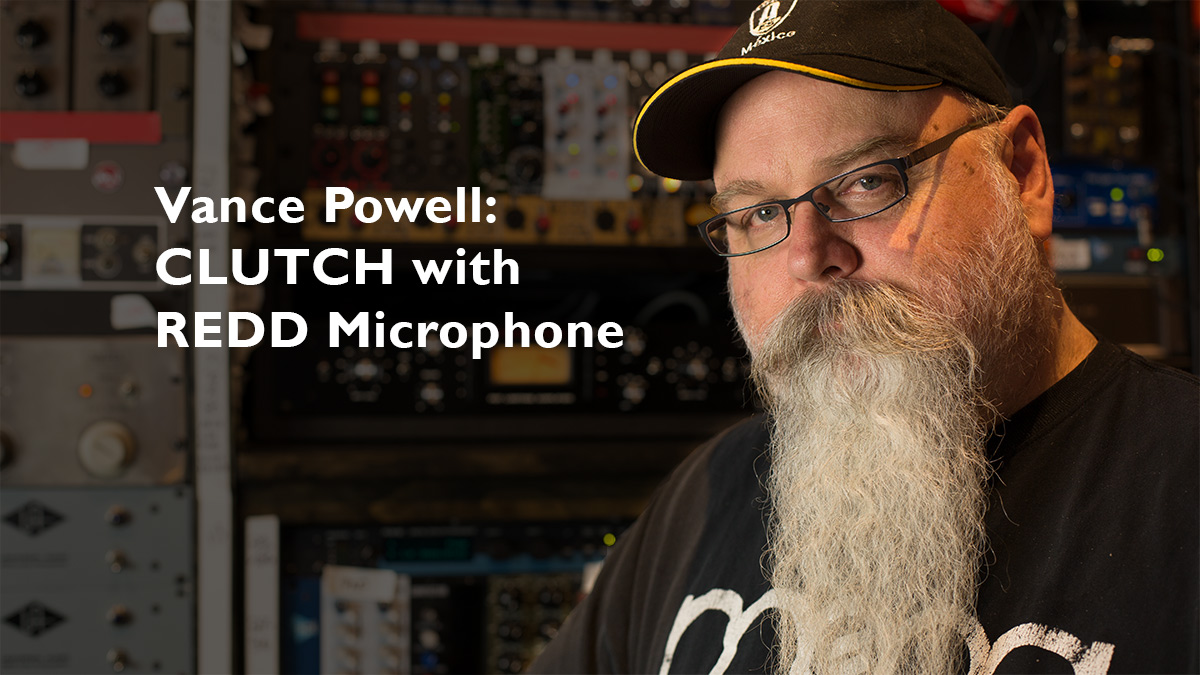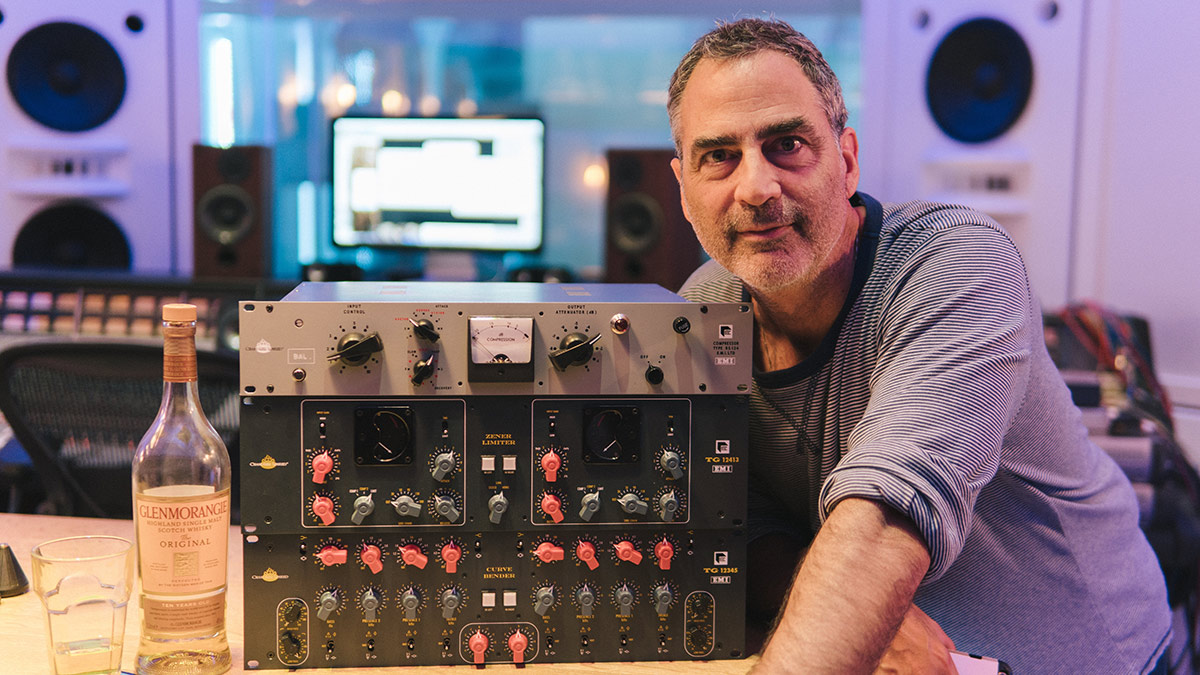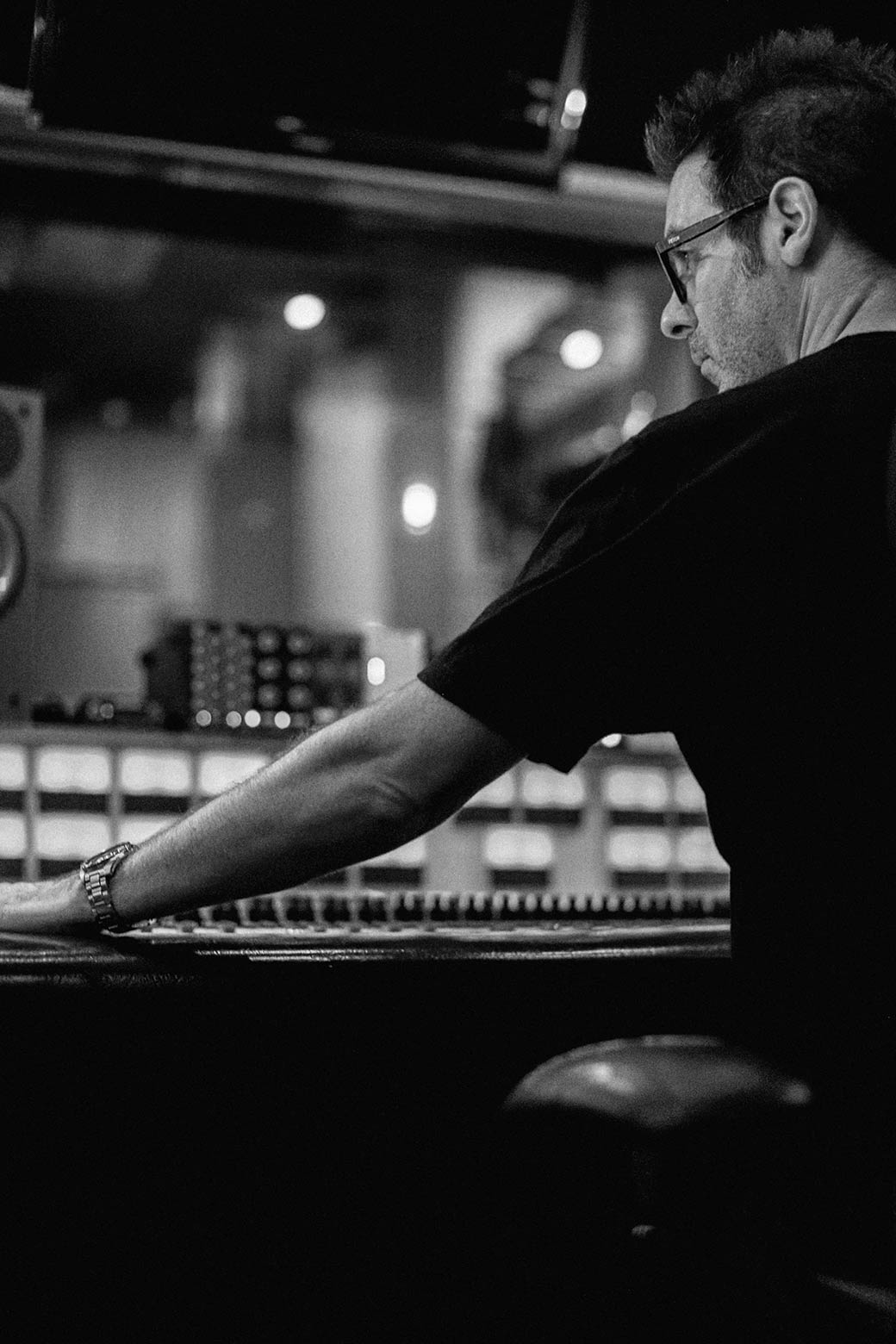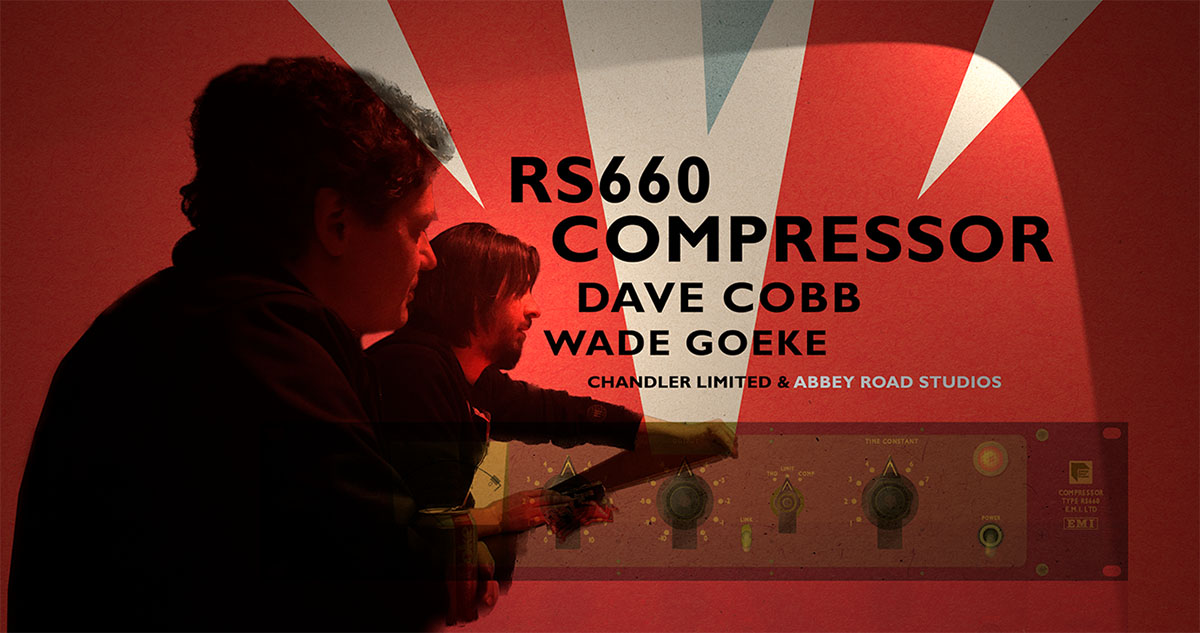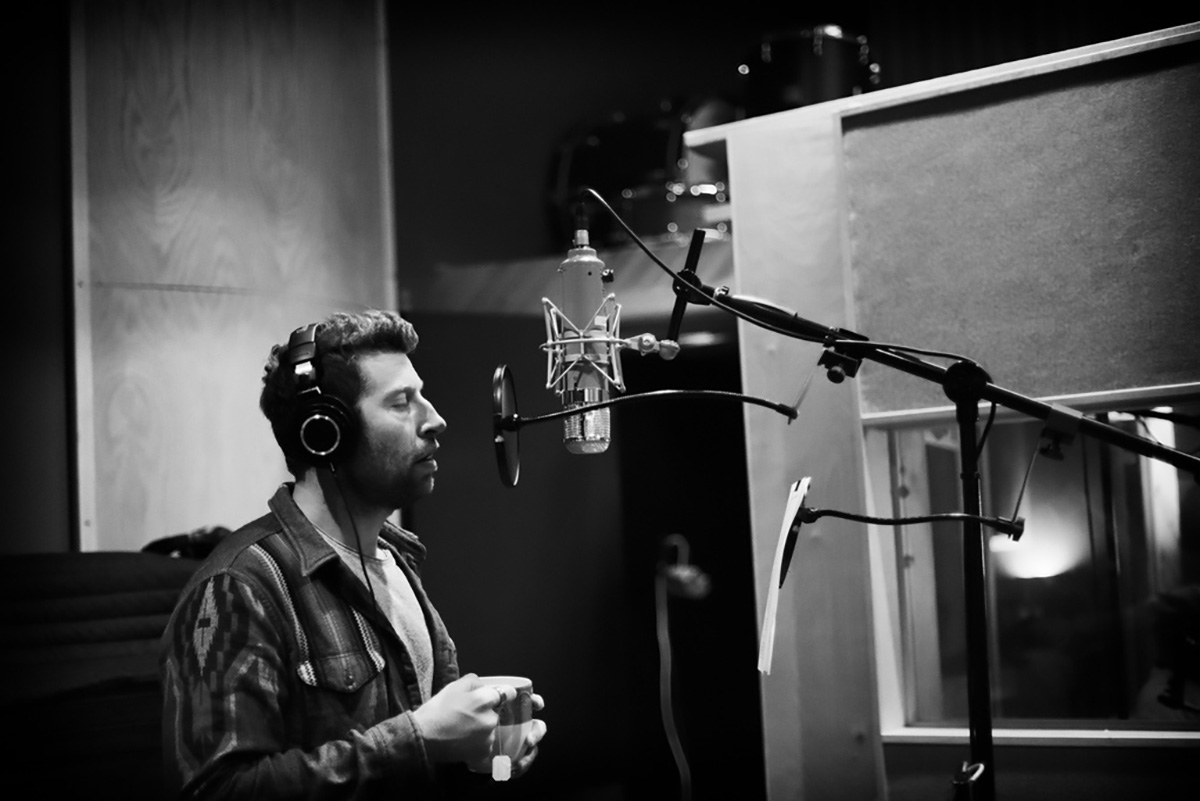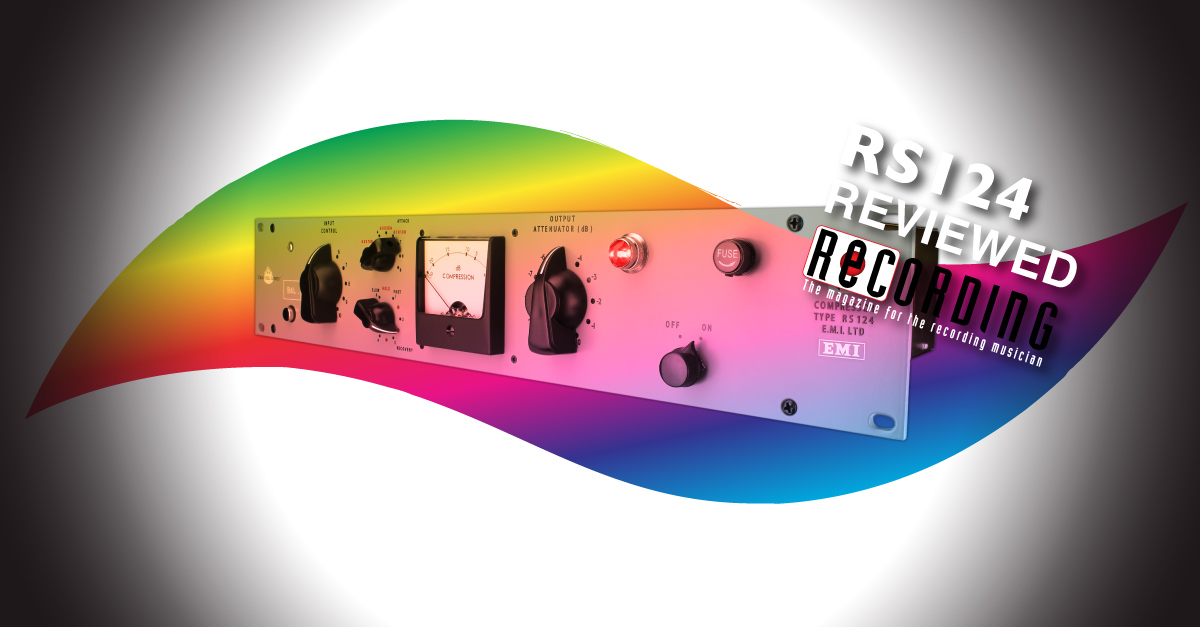 A piece of history in modern form… times three
A piece of history in modern form… times three
Review by: By Paul Vnuk Jr.
Recording Magazine
February 2016
Few pieces of audio equipment inspire awe and wonder like those used in EMI’s Abbey Road Studios to record the Beatles. Perhaps the most mythic may be the RS124 “Altec” compressor. According to Kehew and Ryan’s Recording The Beatles (Curvebender Publishing, 2006), it may be one of the few pieces that was used on every Beatles album, from 1963’s Please Please Me all the way through to the final session for Abbey Road.
The RS124 isn’t like vintage Neve modules, a VF14-equipped Neumann U47, or even a Fairchild 670, all of which can all be had on the secondary market for the “right” price. There are only three actual Abbey Road/Beatles “golden” units that remain intact. Three!
There have been various attempts over the years from both DIYers and boutique manufactures to clone them, including a now discontinued Abbey Road sanctioned plug-in version (reviewed in our December 2010 Gift Guide). We’re pleased to announce that for the first time in 57 years, this rare piece of history lives again in hardware form... thanks to an exclusive partnership by EMI and Shell Rock, Iowa’s Chandler Limited.
This is not the first time EMI and Chandler Limited have resurrected a holy Beatles relic. They also offer a line of TG Series microphone preamps, compressors, and equalizers, as well as the famed REDD.47 microphone preamp from the REDD.51 desk (reviewed January 2015).
From “Altec” to RS124
If you read any interviews or books by former Abbey Road engineers, they all fondly reference using the “Altec” compressor. Why was the RS124 known as the “Altec”? In the early days of EMI, with the possible exception of microphones, for a piece of recording gear to be used in an EMI facility, it was built by EMI. This is the reason why most REDD and TG pieces are so rare.
The original Altec 436A was a telephone/broadcast compressor with zero controls. It was housed in a greenish 2 rackspace enclosure with a single large VU gain reduction meter. The 436B was similar but added a single variable input knob.
As the legend goes, engineer Peter Brown made a trip to Capitol Studios in the US. Soon after, in 1959, EMI purchased multiple Altec 436B compressors for themselves... and they deemed them unusable. So they modified them up to EMI standards.
The EMI engineers kept the input and output transformers, the tubes, and the VU meter. They modified the input control to a 200Ω impedance stepped switch, added a similar 200Ω output attenuator, and added a unique stepped Recovery switch. In modern vernacular this would be a release control, but it also included a special feature known as Hold which we will look at below. Additional mods included a modified mains transformer and a balance control with which to keep the tubes in phase.
They also cut a new faceplate and painted it to match the rest of Abbey Road’s battleship-gray equipment. The reason that it was still referred to as the Altec, and why countless people over the years have simply mistaken this compressor to be an Altec, was presumably due to the company name still prominently displayed on the VU meter.
The three remaining RS124 units in Abbey Road’s collection are serial numbers 60070B, 60050A, and 61010B. They are essentially similar, but each one has slightly different time constants.
The Chandler Limited RS124
The resurrected and reborn RS124, like its predecessors, is a 2-space 19" box finished in battleship gray. Internally the unit makes use of a new modern Chandler-designed mains transformer, while the input and output transformers have been painstakingly recreated to original specs. The RS124 is a Variable-Mu design which uses tubes for the gain reduction: one 6BC8, one 6CG7, and one 6AL5.
Connections on the rear of the unit are a balanced XLR in and out as well as a 1/4" TRS cable which links the threshold of two units in stereo. Also on the back is an output impedance switch labeled 200 and 600. While 200Ω impedance was the norm for most British 1950s/60s-era equipment, modern studios typically run a 600Ω impedance. Flipping this switch to 600 raises the output gain to modern levels; however, it does also raise the noise floor a touch.
A quick tour
All of the original’s controls remain, but are repositioned to include a new Attack control. The original Altec meter has been replaced by a Fairchild 666 variety (see the interview for details).
By way of a tour, starting on the left is the original Balance control for aligning the phase of the tubes. This consists of a button that, when engaged, emits an audible repeated clicking sound. Just above this is a small screw head trim pot. Turning the pot alters the phase of the tubes; when the clicking sound is at its quietest, the unit is aligned. Now that I’ve told you how to adjust this, Chandler’s Wade Goeke recommends that there is little need—each unit is scoped and tuned at the factory with proper test equipment, and this feature is more for historical accuracy than for practical modern use.
Next up: the Input control, labeled 1–10. This control is fully variable as opposed to the stepped pot of the original. The same goes for the Output control to the right of the meter. Chandler does offer a stepped option at additional cost.
Next are the Attack and Recovery (release) controls. Attack features a 9-position switch with settings of 1–9 in black. Attack times go from fastest on the left to slowest on the right. Settings 3, 5 and 6 are replaced with the classic units’ serial numbers in bright red. Selecting each of these gives you instant access to the exact attack constant found on the originals. Essentially you get all three units in one box!
The Recover control is an 11-position switch, moving from fast to slow. In between the 6 black numeric settings are 4 red dots and the word Hold. Switching to this freezes the release of the compressor indefinitely at the last loudest level. Doing this primes the unit and keeps it from clicking and thumping as it encounters a new signal—this feature is rarely found on compressors, new or old, and I am still getting the hang of if and when to place a signal on Hold.
You may have noticed that I have listed no absolute values for attack or release times. There aren’t any. This is a by-ear, feel piece. Also note that there’s no ratio control; as a push-pull style compressor, the RS124’s ratio increases the harder it is driven.
The front panel finishes off with a rotary on-off switch and a bright orange jewel-style power indicator, plus one more hidden control...
The modern unit’s electrical fuse is on the rear panel; what had been a fuse cap on the vintage unit’s front panel is now a 2-position rotary switch that engages Super Fuse mode. When active, the jewel light gets brighter, and the unit’s time constants and other parameters are altered to make it more aggressive, faster, and more punchy.
In use
Unlike many vintage 2-knob compressors, the RS124 is a complex box with many sonic variables. Side by side with an LA-2A and a Sta-Level, I could occasionally get it to be similar in attack and release to either, but sonically it is a very different beast. Like the Sta-Level, the RS124 loves to dig in deep with 10–12 dB or more of compression without breaking a sweat, and still doesn’t sound overcompressed.
The RS124 is round-edged and even. It thickens a source nicely as it compresses and squeezes in a very buttery-smooth way. I also found it quite clean for a vintage-style compressor.
I used it on pretty much everything, from individual sources like vocals, guitars, bass, and lap steel, to bus work. I only had a single unit, so I had to sum all my busses, like drums, to mono... hey, it’s how the Beatles did it!
Compared to many modern compressors (especially VCA and FET units), the RS124 is quite slow. Having said that, engaging Super Fuse mode makes the RS124 quite fast and punchy, giving you the best of both worlds. Most of the time I left its recovery on the fastest two settings. My favorite vocal attack was the 60070B, the fastest of the 3 historic units, which I found nice and lively. Moving to the 60050A setting pinned the vocal in place more solidly. It was great on backing vocals that needed to know their place behind the lead.
On bass this unit is a winner for the most obvious reasons—in your musical memory you have heard the RS124 on almost all of McCartney’s Beatles bass tracks! Here it’s hard to dig too deep. It has an even pinning-in-place effect like that of a Sta-Level, but the sound comes across a touch more natural and lively, even when hitting 12–15 dB of compression. Here the Super Fuse mode adds great growl and aggression as well. I can see why the Abbey Road engineers loved it.
My big surprise was on acoustic guitars—this is a place where I’d use the RS124 often. With 10–12 dB of reduction, 61010B attack, and the fastest Recovery, the RS124 yielded a great controlled classic rock strum. Again, I liked the added attitude of the Super Fuse switch when applicable.
On kick, the RS124 was a touch too thick and grabby. On snare, it was great for evening out the track and setting it solidly into the mix, but it is the opposite of an 1176 or Distressor, both of which thrust a snare forward.
I like how it beefed up and gelled a drum mix together, keeping the cymbals pushed into place. I think I would like a pair on a drum bus, but using only one on a mono drum mix did not give me ample information. Since most of my clients don’t want mono drums, I only tested this briefly. The same is true of the master bus: I tried to process a mono mix, but it was hard for me to judge beyond the novelty of it... although I will say that’s where I made the most use of the tricky Hold setting.
Learning curves, final thoughts
When learning the RS124, I found it hard to just tickle the meters. It’s possible, but your input level will need to be set quite low. Even then I was still getting about 2–3 dB of gain reduction. Be aware that this is not a “VCA-style 1.5 dB of compression” box; I found the RS124 happiest when digging in with an average of 7–12 dB of gain reduction.
The second thing to get used to is that the RS124’s makeup gain is very much in line with other vintage units, but oddly foreign to modern use, where we often use compressors to make things louder and more obvious. That said, Super Fuse mode makes the unit a touch more modern, adding roughly 12 dB of makeup gain.
You can push signal loudly into the unit, but it will get more compressed as you do. I found the RS124 worked best when set so the bypassed and compressed signals sounded roughly gain-matched. The RS124 can heavily compress a sound, but in a not-so-obvious way, and that is much of its magic. To my ears, it doesn’t sound like compression... it sounds like music.
The RS124 should be shipping by the time you read this. Yes, $2875 is a healthy price for a mono tube compressor, but that’s actually cheaper than a reissue LA-2A and only a few hundred dollars more than a Sta-Level.
Bottom line: I can’t believe this exists, and the Beatles fanboy in me is beside himself with joy!
Price: $2875
More from: Chandler Limited, www.chandlerlimited.com
Chandler’s Wade Goeke On The RS124
So... how accurate is it?
Wade Goeke: It’s just so terrible, I mean I couldn’t even get it anywhere close, I don’t even know why we are putting it out... Ha, ha, ha! OK, I’m kidding, Paul, sorry. The interview starts now!
OK, take two. Tell me about resurrecting the RS124.
It was a joint effort with Abbey Road. There are three prime units [RS124s] at Abbey Road that they really love. They gave me a lot of documentation, and we just went back and forth comparing the documentation and sending them the units I was working on.
When you read Kehew and Ryan’s Recording The Beatles, it implies that RS124 units were used everywhere at Abbey Road for tracking, bouncing, mixing and more... I think they say they were in constant use. Are there really only three actual EMI units left in the world, or are there more?
I know of a few owners in the world, but not very many. I think of know of maybe three or four other ones. Approximately.
Where did you start?
I have three original Altecs here and I took the information they provided me and modified them.
So you actually started with vintage Altecs and modified them just like they did back then? That’s cool!
I thought that was the most realistic approach. I didn’t want any variables in the design process to get in the way and lead me astray. So I modified an old one first and made it sound right, and then completely reproduced it, so we were sure of what we were getting.
Then [Abbey Road’s Head of Audio Products] Mirek Stiles came over from Abbey Road and listened to the three I had modified in person. He said, “This one sounds the most like our favorite one at Abbey Road, let’s go with that one and start there.”
From there I did a number of revisions. The first one I sent them I thought was pretty spot on, and luckily the guys over there did too. I was told right away they started using it right alongside the older ones. One of the prototypes was used in a surround mix, along with a couple of the vintage ones! I think we were pretty confident right then that we had a good start.
Tell me about manufacturing the new units. I am assuming there are parts that aren’t made or don’t exist any more, so you had to make substitutions?
Well, not really. We did had to have the input and output transformers remade to original specifications, and we use our own power transformer. Things like the 6BA input tube—those are still around in quantity. It’s not like 6386 or the VF14, where they are really rare and are a thousand dollars apiece. The other stuff is just good quality parts, like good capacitors and such.
So you are actually using New Old Stock tubes?
Two of the three tubes in the unit are NOS tubes, but in the output amp we’re using a new one.
Obviously there are a few things that are cosmetically different, like layout and the VU meter.
I contacted Jewell, the original VU manufacturer, and they said, “We don’t make those anymore, sorry.” So I ended up using a meter that is similar to what’s on a Fairchild 666. We thought about remolding the meters, because we’ve gotten more into that—like with large REDD chickenhead knobs and our own TG knobs. On this one we decided that wouldn’t make economic sense for the customer, so we picked out a meter that we thought had a vintage look. It is slightly different, but I really like it.
A few years ago I reviewed the now discontinued RS124 plug-in, and I find it interesting that you implemented a few of the plug-in-only features into the real thing, like having the option of all three units and the “super-fuse”. This may be the first time a plug-in has inspired hardware...
Yeah, that kind of worked in reverse a little bit. I thought that was kind of funny [laughs]. I had done several prototypes just like the original Abbey Road units and I sent one of those over, along with a modified version with a variable attack. They said, “Wow, we really like the modified one and we think that customers would like that too.”
Then they came back to me and said, “The variable attack settings you have doesn’t cover one of the units.” I had made it too variable, I guess, so that it skipped right over one! [laughs]. In the end, I suggested that we should label the attack settings with the different serial numbers so you can recall each of the historic units.
What about the Super Fuse mode?
Once we’d progressed pretty far, Abbey Road said to me, “Can we do the Super Fuse from the plug-in, ‘cos we really liked what it did?” Doing it in the real world vs. a plug-in took a little tweaking, but I made it work.
So what is it doing under the hood?
Well, there are a couple of things that Abbey Road wanted me not to go into excruciating detail about, and one is what exactly the super fuse does. It changes the time constants and a number of things about the unit... it makes it more hairy, it digs in a lot more, it’s a little more rude and... yeah.
One last question: what was your personal biggest Wow Moment?
The sound definitely surprised me once I started getting into it. They are really far from what an old Altec is. A lot of people say, “It’s just an Altec that’s modified!” and it’s not, really. It has its own thing. It sounds way different and it’s way more functional. The old Altec had an interesting sound, but they are just not very usable. It happens to use some of the parts of an Altec, but it’s not an Altec.
Anything else you want readers to know?
This may sound weird, but one of the biggest pleasant surprises for me is underusing the RS124. I found that I really, really like it just making the meter move a little bit, like 3 dB. Most of the Abbey Road guys, from what they told me, peg it pretty hard—around 10 dB or more. When I was saying, “Well, I’m setting it this way and I’m getting about 2 dB of compression,” they were like, “Whaaat?” [laughs].

